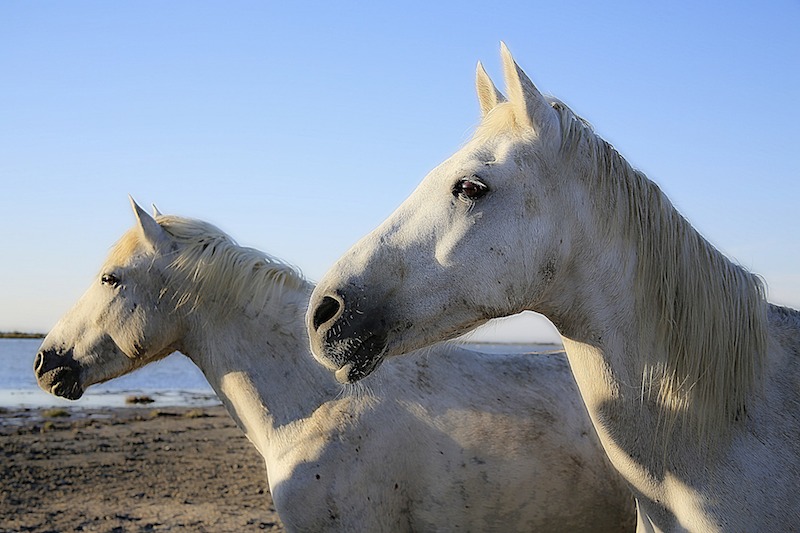Here at 51USstudy we have been prepping students for the redesigned SAT essay. While the old SAT essay engaged students by asking for examples from outside sources, the new one takes examples from a specified article and asks the student to deconstruct the author’s argument. What follows is a student’s redesigned SAT essay which responds to an article from USA Today, by Robert Redford, called Protect Our Wild Horses. (http://www.usatoday.com/story/opinion/2014/11/03/wild-horses-rancers-federal-government-standoff/18060665/)
In ‘Protect Our Wild Horses” by Robert Redford, he discusses the polarizing issue of the protection of wild horses is America. He advocated for the protection of wild horses and urges the congress to do more to protect America’s wild horses. His proficient usage of statistics, inclusive language, and an appeal to patriotism strengthens his rhetoric and is what makes his argument so compelling to an American audience.
Redford aspires to evoke a sense of patriotism amongst his audience in order to move them to advocate for the protection of America’s wild horses. Redford consistently reiterates “America’s principles” and the “spirit of the American West” and how important and crucial hose values are. Redford then bares his claim off of this notion of protecting America’s “national heritage and freedom”, arguing that “any infringement on (the horses) legally protected right to live is an assault on America’s principles”. The audience is then spurred to believe that horses are integral to the American spirit due to their “symbolic representation” and in effort to uphold the nation’s values will seek to support the protection of wild horses. In invoking such a sense of patriotism amongst American readers, Redford is able to strengthen his argument for the overall protection of wild horses.
Redford also efficiently uses statistics throughout his argument to support his contention on a factual and irrefutable base. He raises the notion of discrimination towards wild horses, stating that while the Bureau of Land Management (BLM) manages 245 million acres of public lands…wild horses are designated to share a mere 26.9 million acres”. He then goes on to state “wild horse populations vary between 32,000 and 50,000, while livestock grazing allocations accommodate numbers in the millions. Yes, millions.” Through pointing out such a disparity in unequal land distribution for wild horses, Redford not only exhibits his extensive knowledge regarding the issue but also builds a claim to support his argument. His claim of how such unjust land distribution for wild horses, which “symbolize…national heritage and freedom” is further strengthened when he mentions statistics of how “although less than 3 per cent of America’s beef is produced on federal land, this subsidized grazing program costs the taxpayer more than $123 million dollars a year.” Through this compelling use of statistics, Redford appeals to the audience’s logical mind. He structures his arguments in a clear, logical manner, which is supported with a slew of irrefutable statistics. This convinces the reader that wild horses are truly being discriminated against. Such prolific usage of logic allows Redford to effectively persuade the audience that congress should do more to protect wild horses.
Redford also consistently uses inclusive language within his rhetoric. He states how “it is the time for all of us to work together – political, advocate, rancher, scientist and citizen.” This usage of inclusive language supports the claim of how “only by I protecting wild horses will the United States move forward and be a leader in environmental issues and ensure sustainability to our delicate ecosystem. “ This spurs a communal sense of patriotism amongst the audience, urging everyone to feel the need to protect “our delicate ecosystem”. By including anyone and everyone in such a movement to further protect the wild horses of America, Redford’s argument suddenly becomes more compelling.
It is through Redfords diverse and skilled application of statistics, logic, inclusive language and appeal to patriotism that the argument of how congress should do more to protect the wild horses becomes so convincing and persuasive.






